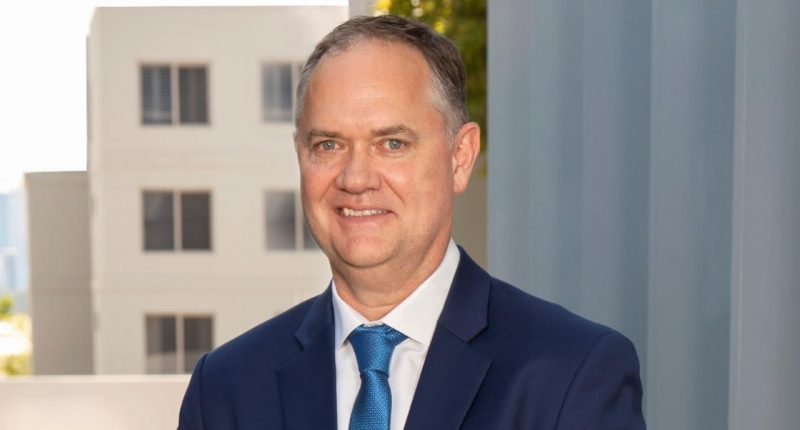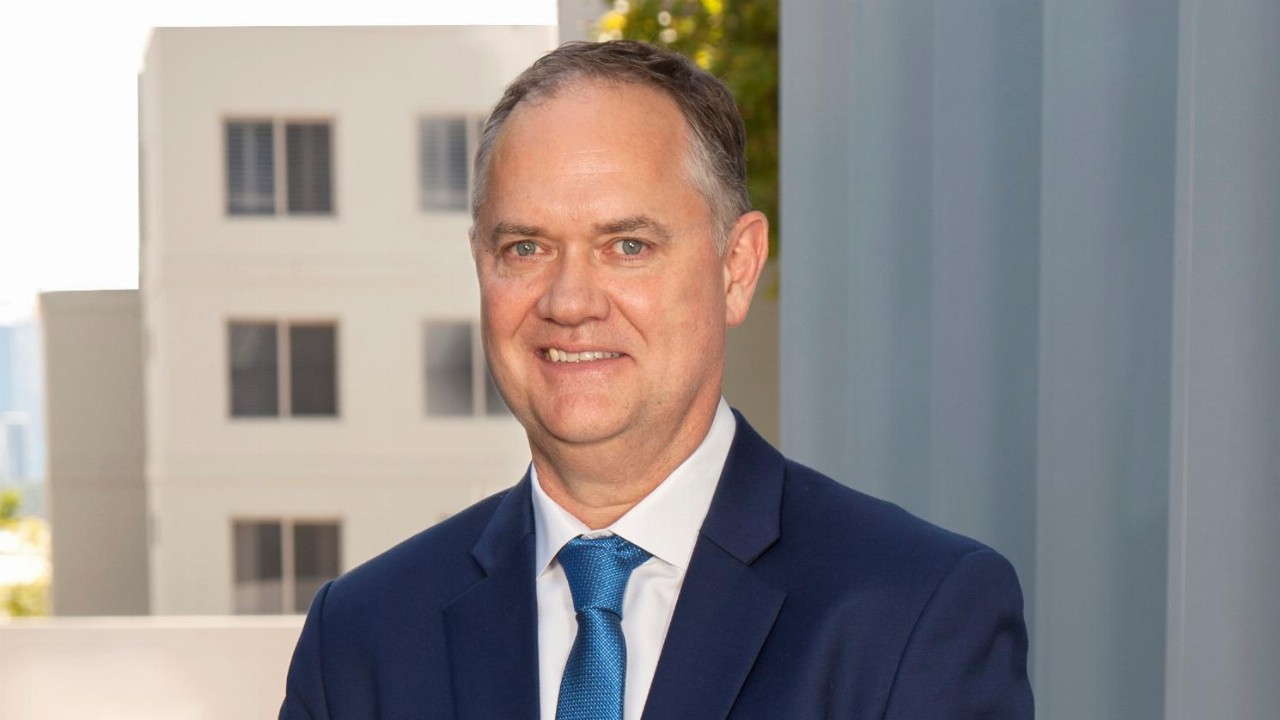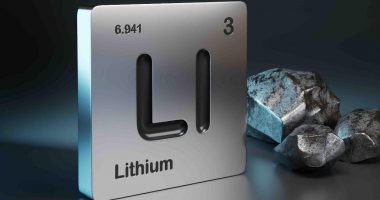- Lithium miner Galaxy Resources (GXY) has upgraded the brine resource estimate of its Sal de Vida project in Argentina’s lucrative Lithium Triangle
- After completing a 2021 feasibility update for the project, Sal de Vida now has a brine resource estimate of 6.2 million tonnes of lithium carbonate equivalent
- Galaxy plans to produce around 32,000 tonnes of battery-grade lithium carbonate per year from the project, with a three-stage development plan
- As part of stage one, Galaxy plans to produce 10,700 tonnes of lithium carbonate per year from the project, with 80 per cent of this at battery-grade quality
- Importantly, when considering the positive cashflow from its WA-based Mt Cattlin project, Galaxy has enough cash to completely fund this first stage of production by itself
- First production is currently slated for 2022, though Galaxy management admitted the global COVID-19 situation could impact its development schedule
- Following today’s update, shares in Galaxy Resources are trading 6.13 per cent higher to $3.46
Lithium miner Galaxy Resources (GXY) has upgraded the brine resource estimate of its Sal de Vida project in Argentina’s lucrative Lithium Triangle.
The company has completed a 2021 feasibility update for the project, meaning it can now move forward into a more detailed design and construction phase as it works to develop the project.
Sal de Vida now has a brine resource estimate of 6.2 million tonnes of lithium carbonate equivalent, with a brine reserve estimate of 1.3 million tonnes of lithium carbonate equivalent supporting a 44-year project life based on reserves only.
Galaxy’s plan is to produce around 32,000 tonnes of battery-grade lithium carbonate per year from the Sal de Vida project.
According to CEO Simon Hay, the completion of the recent feasibility study marks a major milestone for the company in its development of the project.
“Technical and financial outcomes are very positive and confirm that Sal de Vida will be a globally competitive, low-cost producer of battery-grade lithium carbonate,” Simon said.
He said the company is planning a three-stage development approach for the project to help de-risk its pathway to large-scale operation with “compelling financial outcomes”.
The three-stage plan
In the first stage of production, Galaxy plans to build the Sal de Vida project up to produce 10,700 tonnes of lithium carbonate per year, with 80 per cent of this at battery-grade quality.
Galaxy expects this stage of production to cost around US$153 million (around A$200 million) to develop, with operating costs of US$3500 (roughly A$4600) per tonne of lithium carbonate.
Nevertheless, with a pre-tax net present value (NPV) of US$809 million (around A$1.06 billion) and an internal rate of return (IRR) of 43 per cent, Galaxy is expecting the payback period for the project from the start of commercial production to be less than two years.
More than this, however, Galaxy has cash on hand and liquid investments of US$217 million (around A$284 million) and positive cashflow from its flagship Mt Cattlin project in Western Australia — meaning the company can fund the full first stage of Sal de Vida production by itself.
First production from the project is currently slated for 2022, though Galaxy management said the global COVID-19 situation still poses a threat to the Sal de Vida production schedule.
The second and third stages of the three-stage production plan will be expansions to the project to begin immediately after first-stage milestones have been reached.
For all three stages combined, the project is expected to cost US$466 million (roughly A$610 million) with operating costs of US$3352 (about A$4650) per tonne of lithium carbonate.
Once all three stages of development are complete, the project has a predicted NPV of US$2.1 billion (around A$2.75 billion) with a 43 per cent IRR.
Following today’s update, shares in Galaxy Resources are trading 6.13 per cent higher to $3.45 each at 11:20 am AEST. The company has a $1.7 billion market cap.







